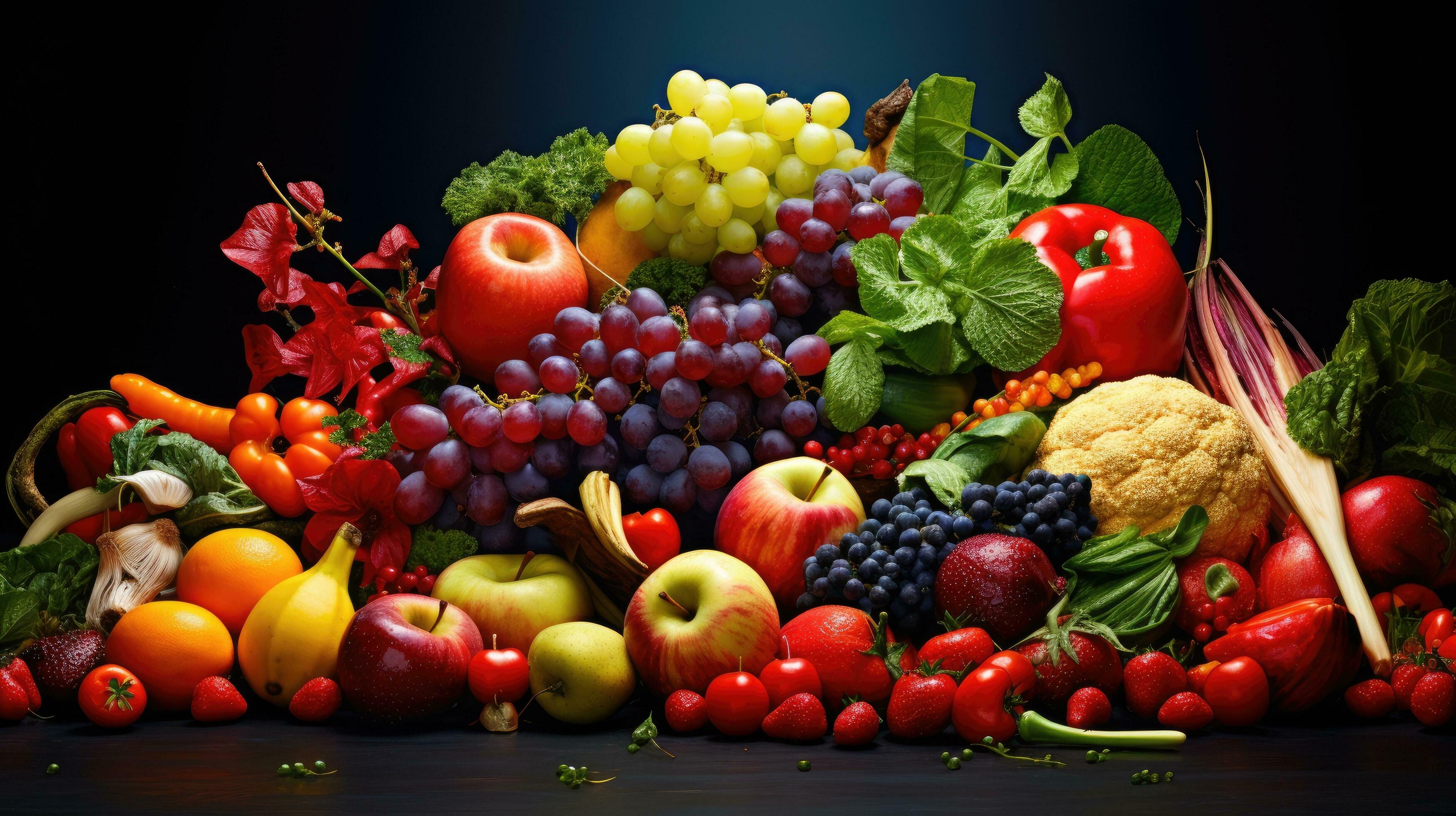Summary
In this article, we explain what Glycemic Index is, and why it’s better to use Glycemic Load to determine how much fruits really impact our blood sugar.
We then introduce a list of 79 fruits sorted by impact on blood sugar (glycemic load) so that you can identify the ones that best align with your goals.
If you want to get right into the data, please follow this link: CLICK HERE
What is the Glycemic Index?
The Glycemic Index (GI) is a way to measure how much a food raises blood sugar levels relative to glucose. Foods are given a score from 0 to 100. By definition, pure glucose has a score of 100 because it is the benchmark, what every other food is compared against.
White rice, for example, has a glycemic index of 72. That means that it raises blood sugar levels 72% as much as pure glucose, which is a lot!
1 to 55 = Low
56 to 69 = Medium
70 to 100 = High
The GI value of a food is determined by giving people a serving of a food that contains 50 grams of digestible carbohydrates (not counting fiber), and then measuring the effect on their blood glucose levels over the next two hours.
The net increase over those 2 hours would then be divided by the net increase that glucose causes in the same time period, and then divided by 100.
The problem with the Glycemic Index
The problem with the Glycemic Index is that it doesn’t take into account the standard serving size for each given food.
White rice is made up of about 70% water, so in order to get 50 grams of digestible carbohydrates from white rice, we need to consume about 1 cup (160 grams).
The GI of white rice is 72. That means that eating about 1 cup of white rice would increase blood sugar levels 72% as much as pure glucose would. The Glycemic Index is useful here because a cup of white rice is a reasonable serving size.
However, let’s now take a look at a watermelon… Watermelon has a Glycemic Index of 76, higher than white rice! But watermelons have just 11 grams of carbs per cup. That means that we would need to consume about 4.5 cups (720 grams) of watermelon in order to have the same blood sugar impact than consuming 1 cup of white rice would.
You can see how the GI alone can be misleading…
Introducing a better option: Glycemic Load
Glycemic load, or GL, is a formula that corrects for potentially misleading GI by combining portion size and GI into one number. The carbohydrate content of the actual serving is multiplied by the food's GI, then that number is divided by 100.
So for a cup of watermelon, the GL would be:
11 (grams of digestible carbs in 1 cup) x 76 (Glycemic Index) = 836, which is then divided by 100 to equal a GL of 8.36.
1 to 10 = Low
11 to 19 = Medium
20 or more = High
As you can see, even though watermelon has a very high Glycemic Index, it has a low Glycemic Load. In other words, a reasonable portion of watermelon (1 cup) should not spike your blood sugar too much, but if you eat a lot of watermelon, it will definitely have a big impact on your blood sugar.
In this article, we are going to explore some of the fruits with the lowest Glycemic Load, which we believe is a more practical metric to pay attention to, especially when it comes to fruits.
Understanding the impact of fruits in your blood sugar
We created a list of 79 fruits sorted by impact on blood sugar (based on glycemic load) so that you can identify the ones that best align with your goals.
Here’s the data: CLICK HERE
Pay attention to the serving size column. As explained before, the Glycemic Load is determined based largely on the serving size. If you are looking for a fruit you can eat a lot of without much impact on your blood sugar, then look for fruits with big servings sizes (over 100 grams) and low glycemic load values.
We got this data from a variety of reliable sources, including the International table of glycemic index and glycemic load values (2002 and 2008), and FoodStruct (link).



Share:
Monk Fruit Sweeteners: The Ultimate Guide
Monk Fruit VS Splenda, which is better?